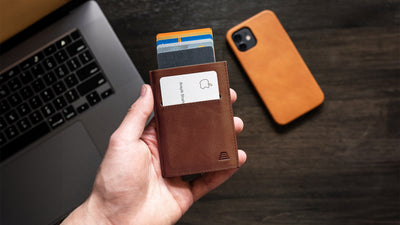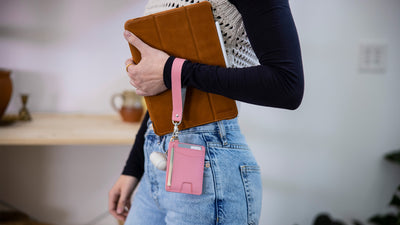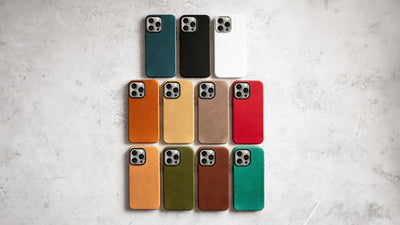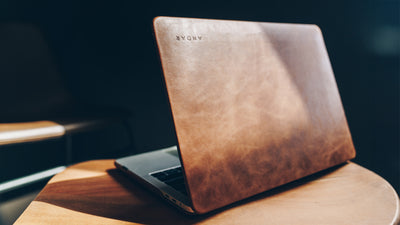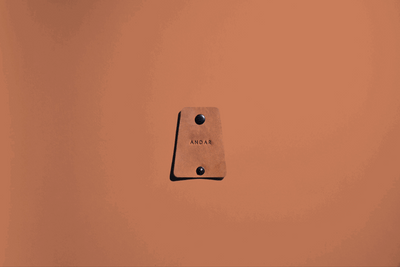The Blog
4 Tips on How To Get Water Stains Out of Leather
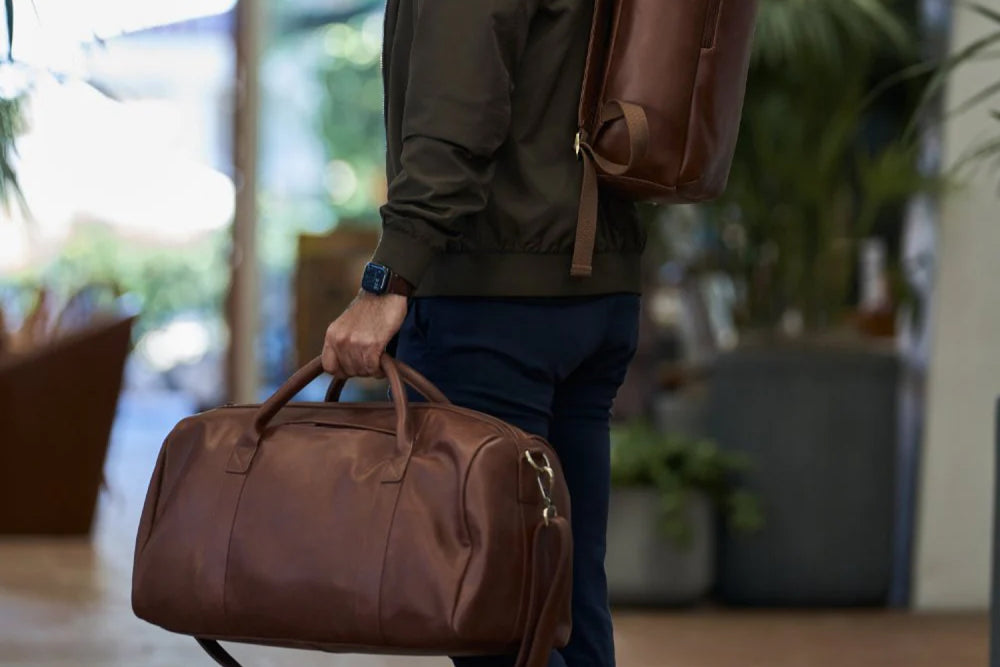
Of all the different things that could potentially damage your leather items, it’s easy to overlook water. Unfortunately, moisture can easily bond to the oil in your leather, drying it out and leading to cracks or discoloration.
Water stains can make for quite the eyesore, showing up as discolored droplets or splatters on your favorite leather jackets, handbags, and shoes. Any leather product that gets exposed to the elements might run into this issue.
But don’t worry! Those stains do need to be permanent by any means. Follow our guide here, and review four easy tips on how to get water stains out of leather.
1. Apply Leather Conditioner to Fade Away Stains
Leather conditioners are a fantastic product that can replenish your favorite leather pieces, restoring their flexible coats and adding a healthy sheen. At the same time, these conditioners help to darken your leather and fade away those water stains.
Many leather conditioners use natural oils, like those present in neatsfoot oil, mink oil, or even beeswax. In fact, your leather will love the revitalizing qualities of seed oils, beeswax, and other naturally-occurring lipids rich in fatty acids.
To really ensure you get rid of those stains, you can lightly apply a leather cleaner before using your conditioner, gently scrubbing away at the water stain. Afterward, the conditioner will replenish any hydration lost to the cleaner.
Whether you go with a more conventional oil or a vegan alternative like beeswax, you should see those water stains disappear into a natural, uniform color. Leather conditioners will restore those warm, somber tones to your leather while keeping it durable and hydrated.
Points To Consider When Applying Leather Conditioners
Of course, you’ll want to exercise some caution when applying these products to your leather:
- Before adding conditioner, clean your leather, eliminating any built-up dirt or debris with a soft microfiber cloth or a slightly damp towel.
- Use your leather conditioners in moderation to avoid breaking down your leather with excess acids or oil. Dab only a little bit of conditioner onto a damp cloth or sponge and apply gently in circular motions.
- This step goes especially for leather shoes: After applying conditioner, buff your leather with a soft brush, making quick back-and-forth movements. This will keep oil from clumping up or accumulating in folds. Remove any shoelaces for an easier polishing process.
- Keep your leather away from damp spaces or direct sunlight.
If you’re looking for a good conditioner to try, we definitely recommend checking out Andar’s all-natural Leather Cream, which will freshen up your leather and protect it from water. This oil is made from a combination of seed oils and triple-filtered beeswax.
2. Use Leather Paint to Cover Up Stains
Top-quality leather paint can cover up those nasty water stains and give your leather a fresh coat or even a brand-new color. Leather painting can be a fun activity, adding some newfound vibrancy to your clothes or furniture pieces.
For beginners, it’s best to use acrylic leather paint, which can be easily absorbed into the leather. Since this is a water-based paint, use a brush with polyester bristles. These types of brushes won’t absorb too much of the paint, allowing for a smooth coating.
Despite being water-based, acrylic paints are specifically designed to become water-resistant after drying: an added bonus for your protection.
For more intermediate painters, oil-based leather paint can come in handy. These take a longer time to dry but can help you work slower for more complex tones or color layering. Of course, you’ll want to use a natural bristle to hold the oil better.
Layer Your Paint Carefully
Whatever paint you go with, the best advice is to start with a thin coat. Using too much paint can easily damage the material or cause the color to crack. Using thin coats also makes it easier to tell if you're getting an even spread of color across the surface of the leather.
Please note that as each coat of paint dries, it will become darker, so your best idea of the finished color will come after a few hours. You can always add more layers until you see those water stains beginning to blend in with the color.
3. Fight Stains DIY With At-Home Remedies
There are many home remedies to fight water stains that you can try. Some people have tried using a mixture of water, vinegar, and olive oil to make a cleaning solution that wipes away stains. Use a spray bottle to lightly mist your leather before rinsing it with a damp sponge.
If you’re someone who is cautious about what ingredients are going into your products, you can make your own remedy for water stains right at home. Tons of recipes can be found online, using natural ingredients to make an effective leather treatment.
For now, we’ll go over one simple way for beginners to make their own leather treatment using natural waxes and oils:
- Use a double boiler on your stovetop, rather than just a simple pot, to melt your waxes and oils together. Applying direct heat (rather than steam) to your wax may damage your cooking wares and make a less-than-desirable product.
- Once your boiler is producing hot steam, add in your desired waxes or oils. Beeswax works great for leather conditioners. Combine this with other natural oils such as olive oil, vegetable oil, seed oil, or coconut oil for a well-rounded treatment.
- You’ll want to use two or three of these natural oils, adding each one gradually as it melts down and becomes incorporated into the mixture.
- When all those waxes and oils are mixed well together, add them to a tightly sealed jar, and allow them to cool. By the next morning, you’ll have your own leather conditioner to fight those stains.
4. Try These Proactive Drying Techniques
Using proper drying techniques after treating your leather products will keep them from developing counterproductive stains or creases. These tips also work as a preventative measure if you’re coming home after braving a rainy day:
- Before drying, remove any excess oil or water from your products with a soft microfiber cloth.
- Leather jackets should be put on a hanger, with plenty of space for air between pieces. Store leather goods away from excessive heat or direct sunlight. Make sure your sleeves aren’t folded in or creased.
- Carefully stuff your leather shoes or handbags with absorbent paper to help them maintain their shape. Hanging your pieces on a shoe rack or similar product can also work great here.
- Dry your wallet in a closed-up position. Otherwise, your leather may stiffen and become used to that stretched-open position, giving it the tendency to flop open.
- In some cases, a blow-dryer on a low heat setting can be used to fight moisture. Make sure to keep it at a reasonable distance (about ten inches) to avoid damaging your leather with excess heat.
Four Tips for Five-Star Leather Care
At Andar, we sincerely hope that our guide has helped you to get those water stains out of your leather and maybe even replenish the health and color of your favorite pieces.
We know how frustrating scratches and discoloration can be when it comes to fine-quality leather products, which is why we curate tons of tips for leather care.
We’re passionate about creating products from the most durable, water-resistant, full-grain leather in order to keep you from having irritating issues in the future. We’re particularly proud to share with you The Brooklyn, a full-grain, oil-waxed leather bag that will carry the things you need through every season.
We hope you’ve been able to calm some of your worries about those water stains with this short guide. Thanks for reading!
Sources:
A Complete Guide to Shining Your Fancy Leather Shoes | Popular Science
What Is A Double Boiler? | Food Republic
Removing Stains on Leather Furniture With Natural Products | Family Handyman
What Is Cleaning Vinegar and How to Use It | Family Handyman
